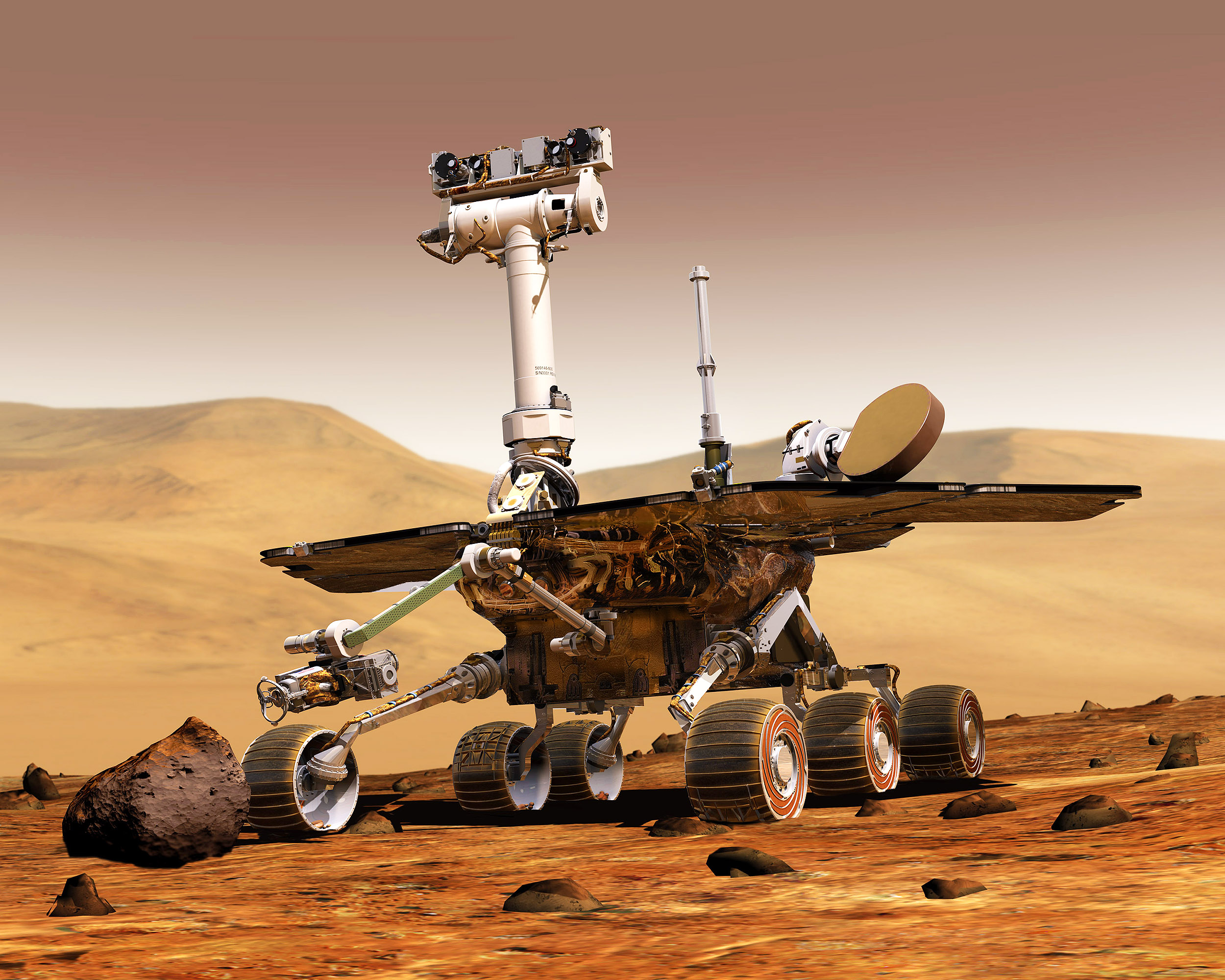nightglow.info – The Mars Exploration Rover Mission, launched by NASA in 2003, was a groundbreaking endeavor that aimed to explore the Martian surface, seeking evidence of past water activity and potential habitability. The mission consisted of two robotic rovers, Spirit and Opportunity, which landed on opposite sides of Mars in January 2004. Despite their initial expected lifespan of 90 Martian solar days (sols), these intrepid explorers far exceeded expectations, with Opportunity roving the Martian landscape for over 14 years. This article delves into the legacy of Spirit and Opportunity, highlighting their scientific contributions and their impact on the future of Mars exploration.
The Mission’s Objectives:
The primary objectives of the Mars Exploration Rover Mission were to search for and characterize a wide range of rocks and soils that held clues to past water activity, determine the distribution and composition of minerals, rocks, and soils surrounding the landing sites, and determine what geologic processes shaped the local terrain and influenced the chemistry.
Spirit’s Journey:
Spirit landed in Gusev Crater, a site chosen for its evidence of past runoff channels. The rover encountered various challenges, including getting stuck in soft soil, but it managed to explore diverse geological units, including the Columbia Hills. Spirit provided evidence of a past wet and neutral environment that could have been conducive to microbial life. After more than six years of operation, Spirit became immobile due to communication issues with its wheels but continued to serve as a stationary science platform until it ceased communications in March 2010.
Opportunity’s Odyssey:
Opportunity landed in Meridiani Planum and quickly discovered evidence of hematite, a mineral often formed in the presence of water. The rover went on to explore several impact craters, including Endurance, Victoria, and finally, Endeavour. Opportunity’s longevity allowed it to observe dust storms, monitor the Martian atmosphere, and detect meteorites. It provided strong evidence for a water-rich past on Mars, with findings suggesting that the planet once had vast deposits of salty water. Opportunity’s mission officially ended in June 2018 after a massive dust storm cut off solar power to the rover.
Scientific Contributions:
The Spirit and Opportunity rovers have left an indelible mark on the field of planetary science. They provided the first direct evidence of past water activity on Mars, which is crucial for understanding the planet’s climate history and its potential for past life. The rovers’ discoveries have informed subsequent missions, including the Mars Science Laboratory’s Curiosity rover, which continues to build upon the knowledge gained from its predecessors.
Impact on Future Exploration:
The success of Spirit and Opportunity has paved the way for future Mars missions. The perseverance rover, which landed on Mars in February 2021, is the latest in a series of missions that owe their design and objectives to the lessons learned from Spirit and Opportunity. The perseverance rover is equipped with advanced instruments to search for signs of ancient life and collect samples for future return to Earth.
Conclusion:
The Mars Exploration Rover Mission, through Spirit and Opportunity, has not only met but exceeded its goals, providing invaluable data that has transformed our understanding of Mars. The rovers’ legacy is one of perseverance, innovation, and the relentless pursuit of knowledge. As we continue to explore the Red Planet, the contributions of Spirit and Opportunity will remain a cornerstone of Mars exploration, inspiring future generations of scientists and engineers to reach further into the cosmos.
